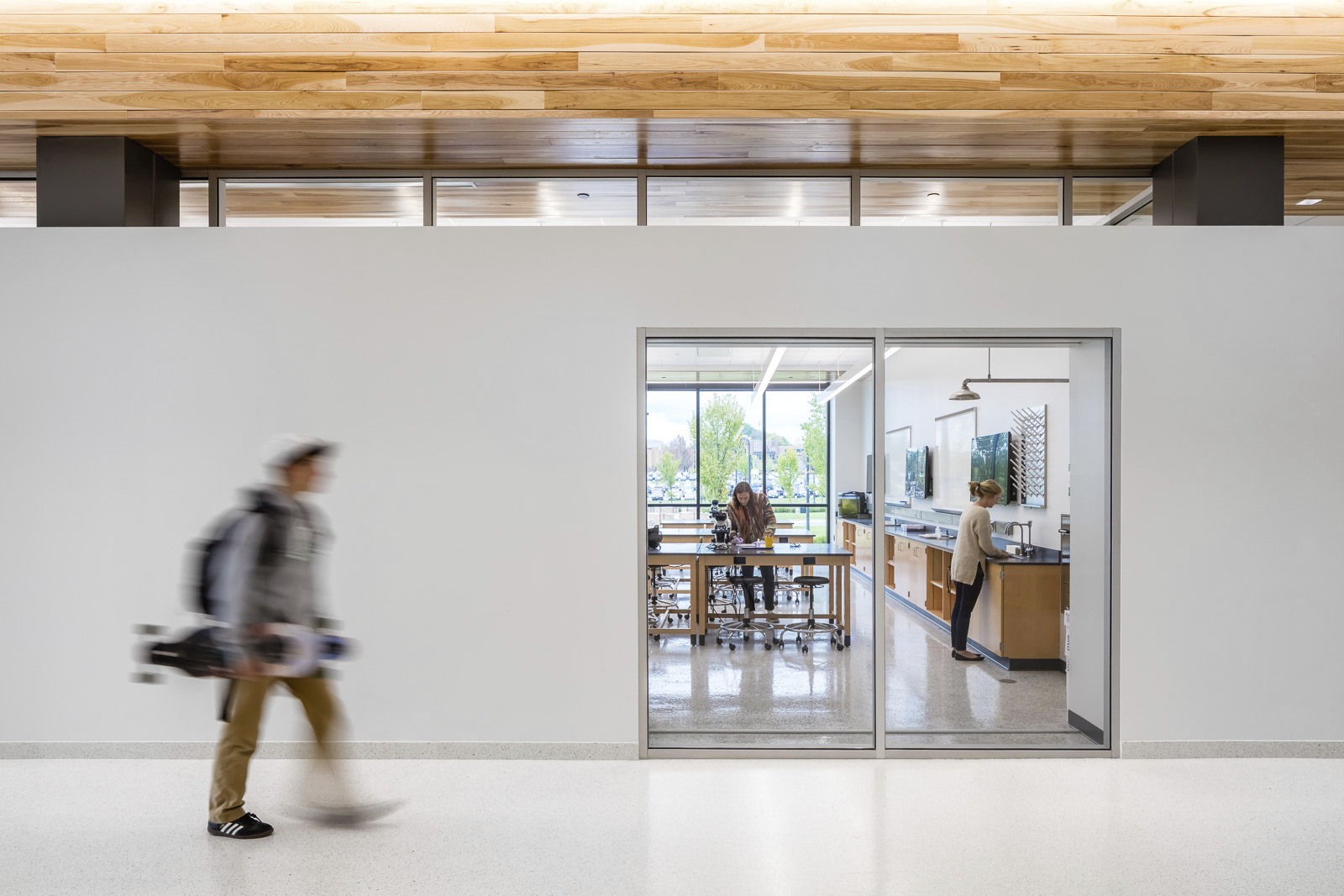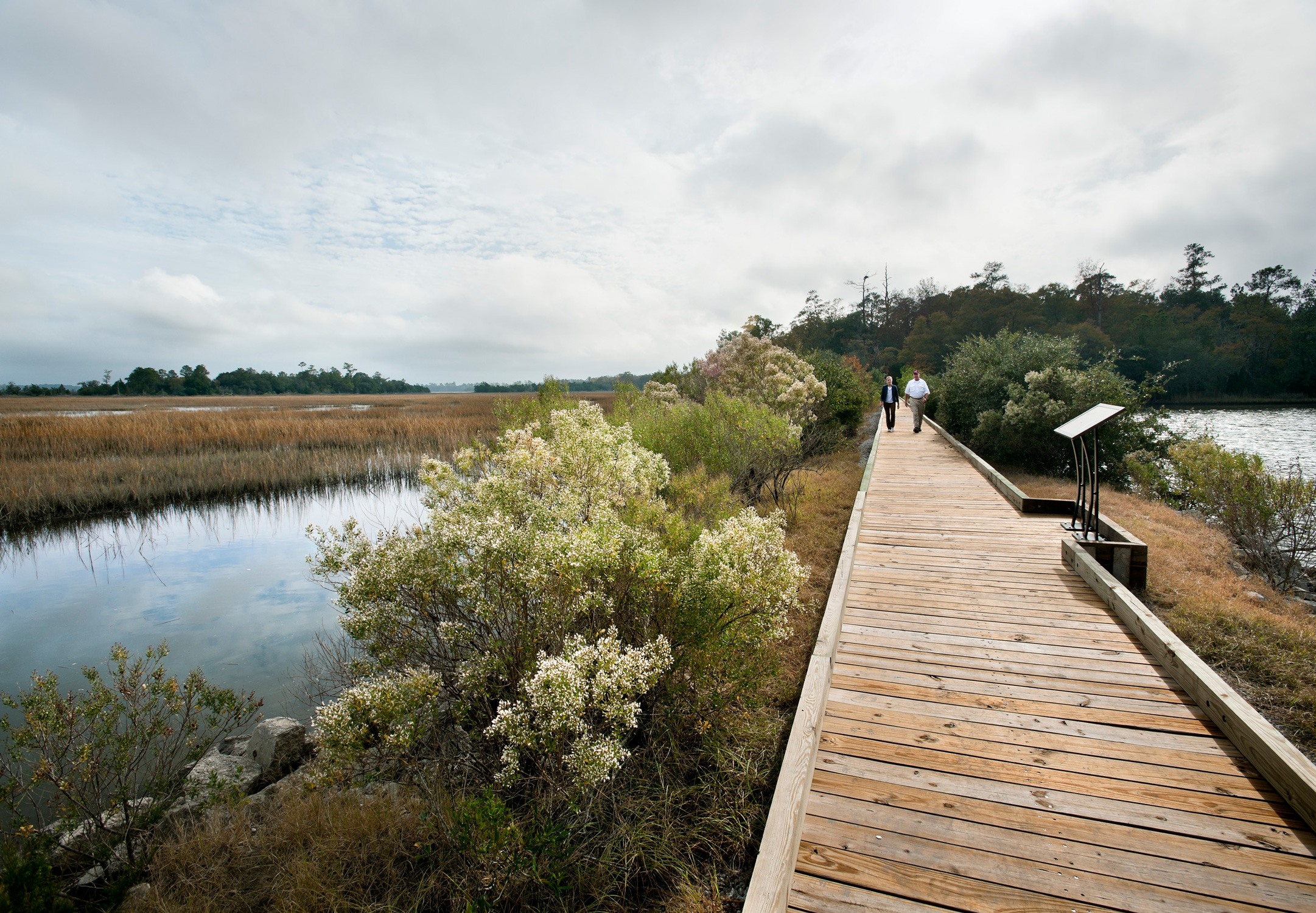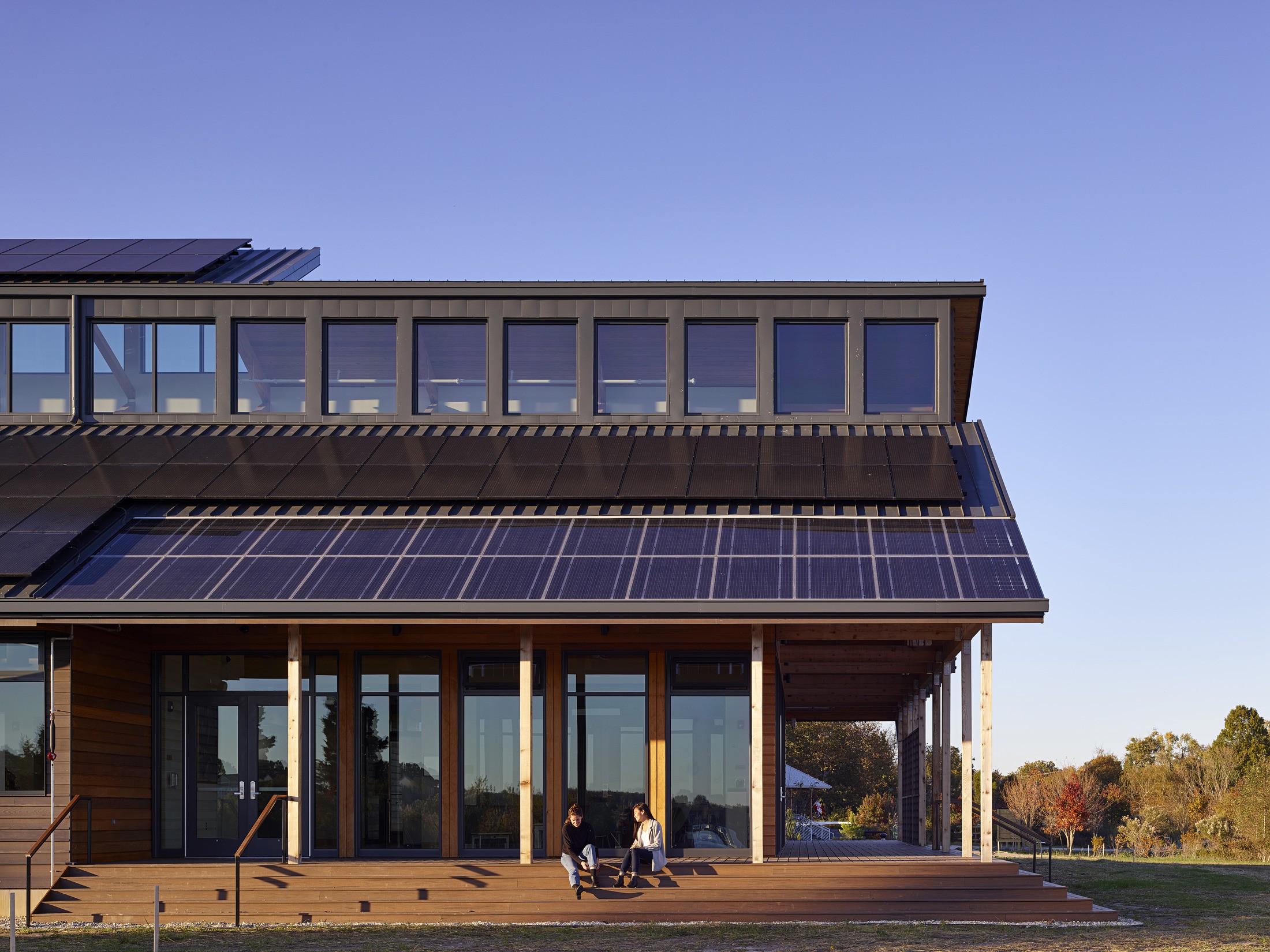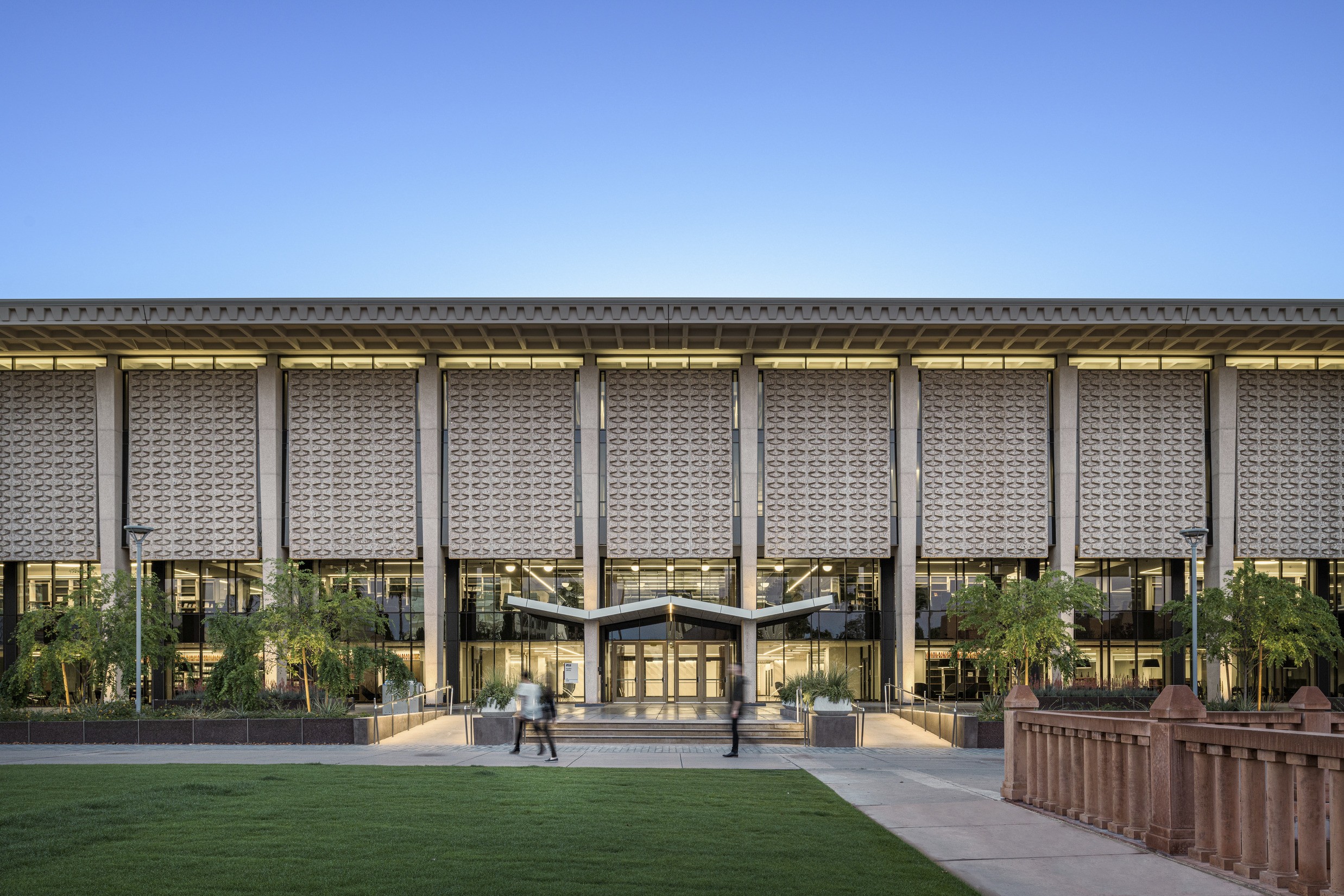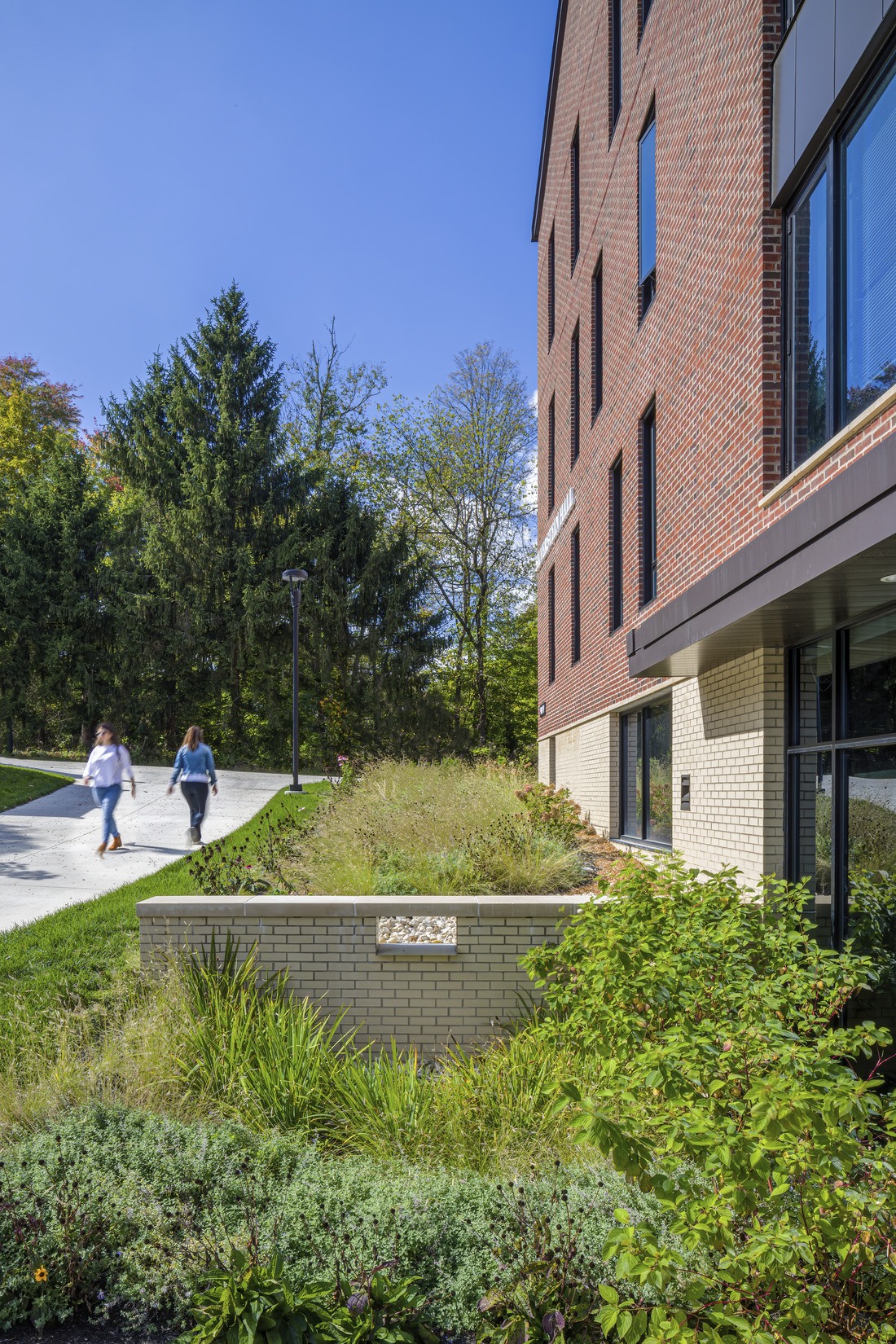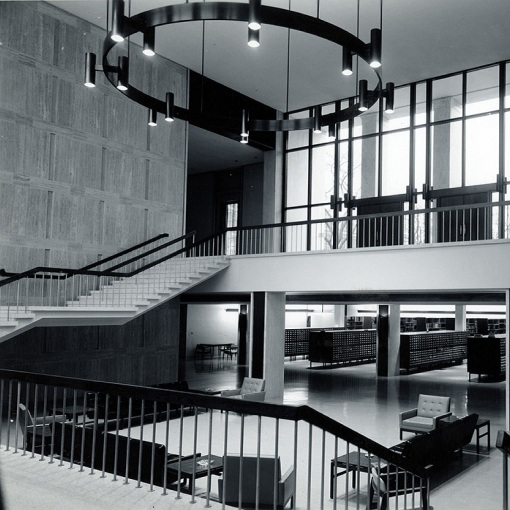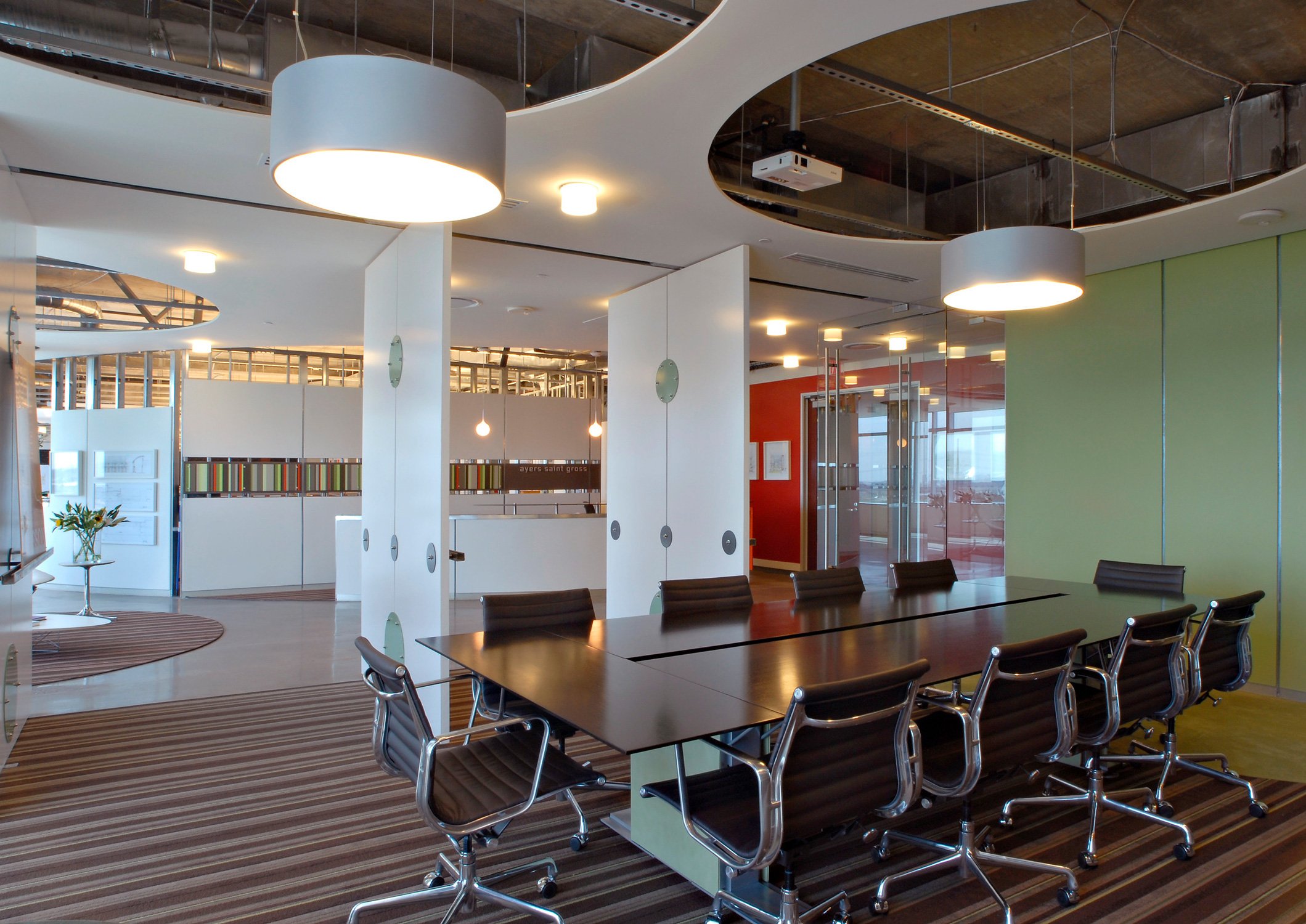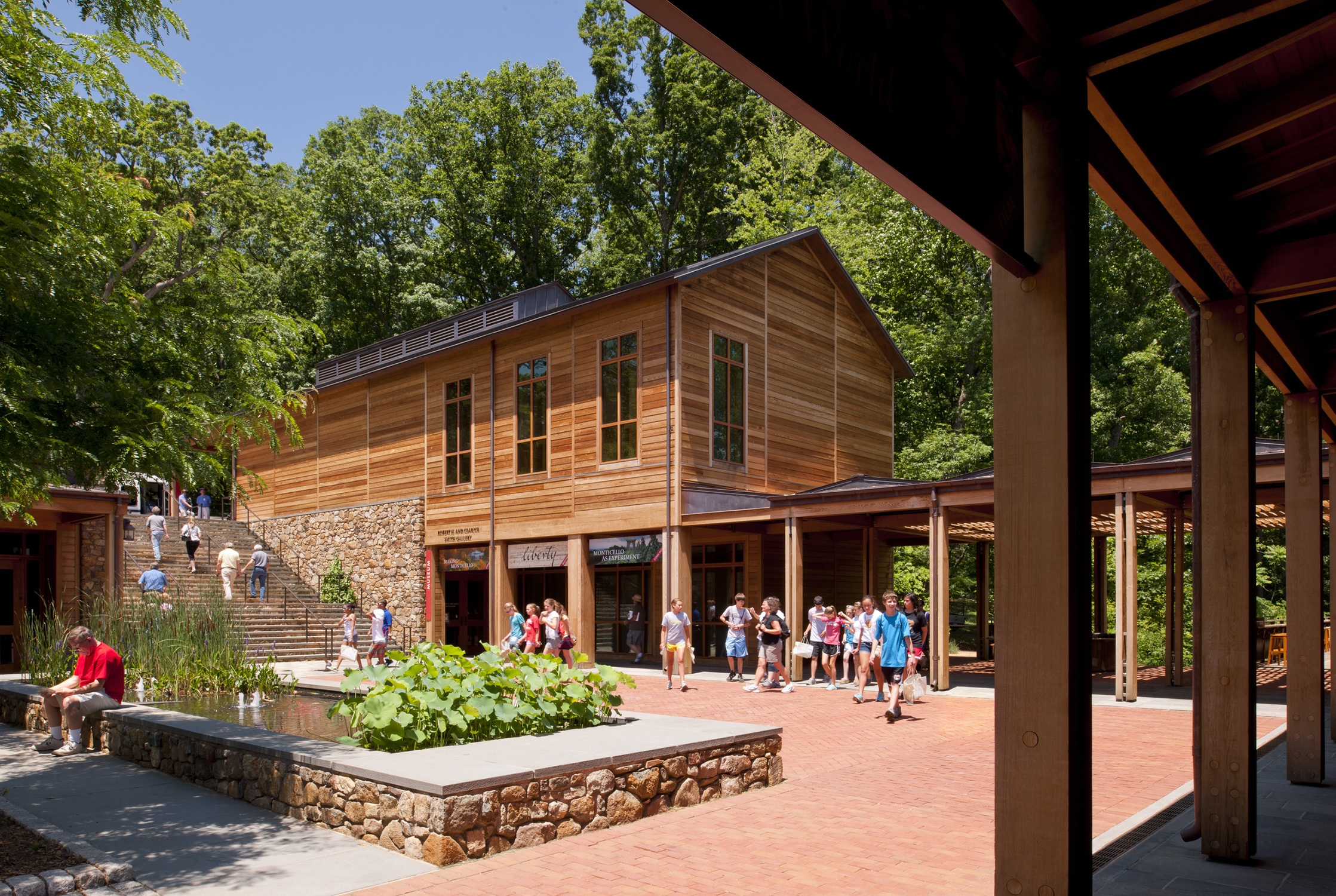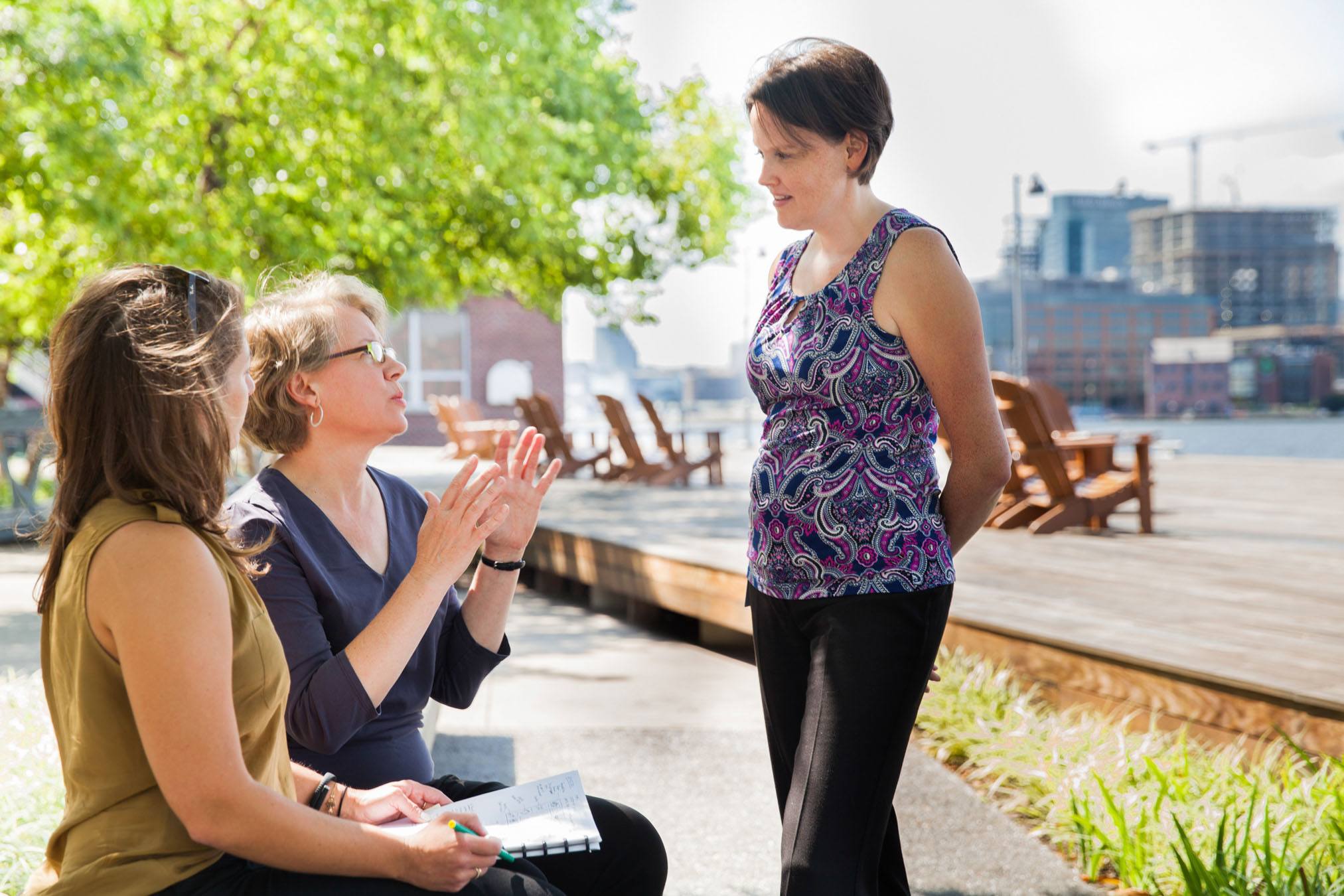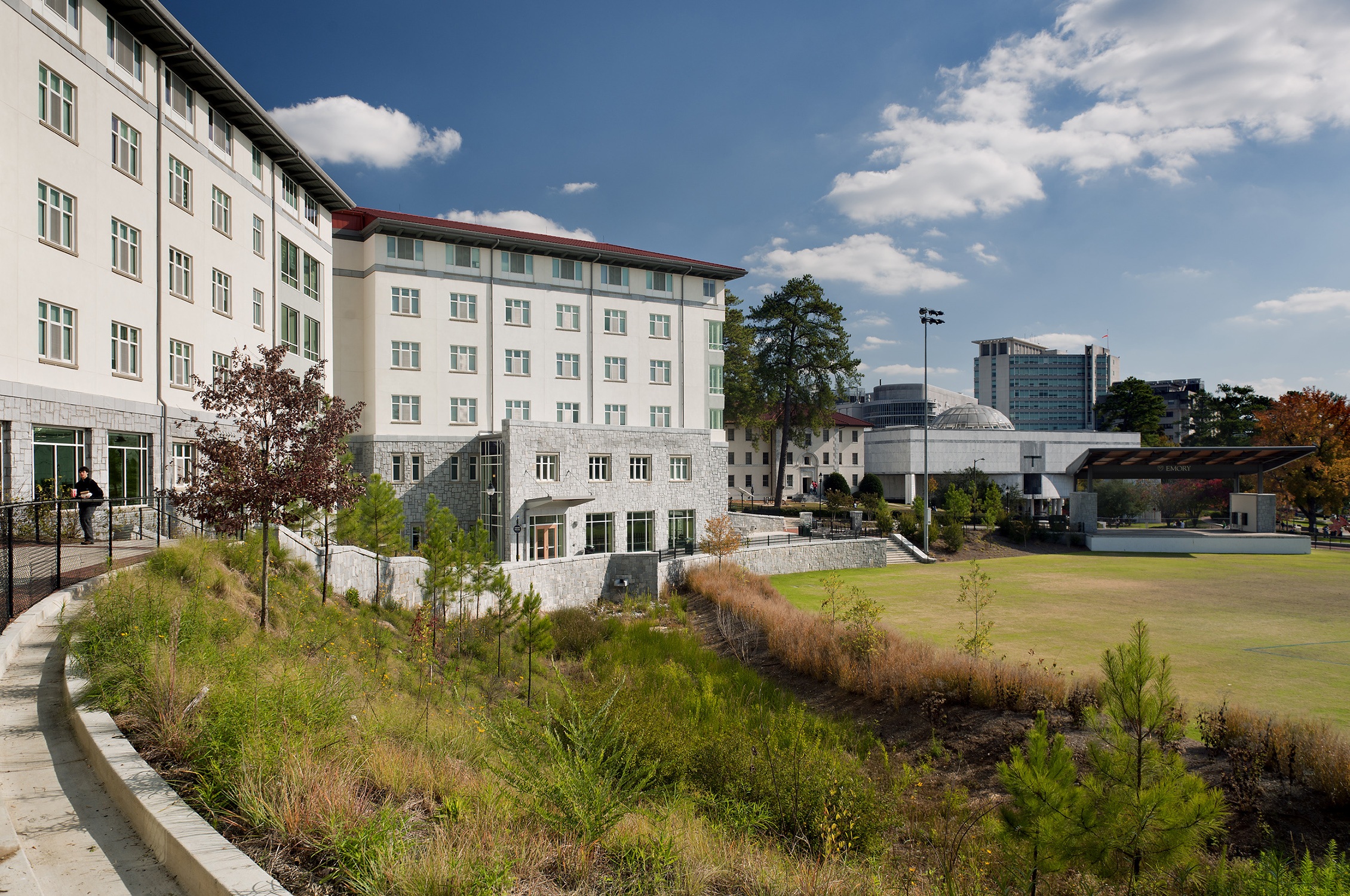Ayers Saint Gross is an interdisciplinary design firm of architects, planners, landscape architects, interior designers, graphic designers, and space analysts. We work with mission-driven clients around the world to create places for shared knowledge and culture. Our work is driven by a respect for past wisdom, a mind to future potential, and an obligation to leave places better than we found them.
We engage people and places to create designs that enrich the world.

